Safety Contingency Funds
Safety contingency funding has been made available for states in need of additional dollars to address unforeseen safety concerns found during construction. Federal funds will cover 100 percent of safety enhancements to protect roadway workers within construction zones even after a project has begun.
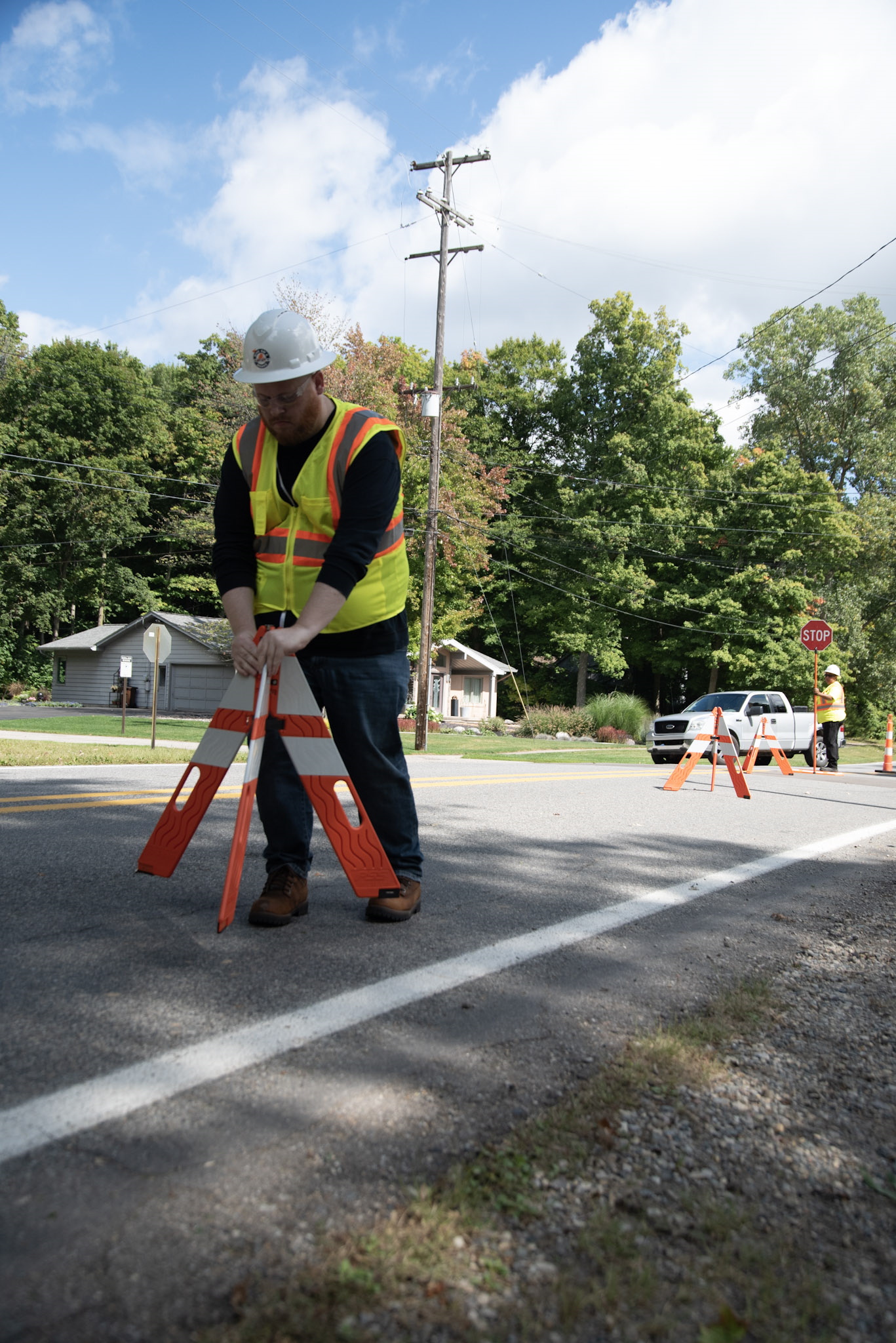
State Departments of Transportation (DOTs) now have access to federal funds that will cover 100 percent of certain safety items, such as pavement markings and rumble strips. Additionally, the BIL includes “provisions that provide safety contingency funds to incorporate safety enhancements to work zones before or during roadway construction activities.” This means specific funds can be acquired before or even during construction to purchase and implement safety measures.
Unforeseen Work Zone Safety Concerns
It is not uncommon for unforeseen safety concerns to be discovered after a bid is chosen and construction has begun. Previously, if this situation were to occur, there would simply be no funding left to handle the concern, and workers would be left without protection and vulnerable. Now, work zone safety contingency funding can provide the additional capital needed to purchase the necessary safety equipment or protective countermeasures. A project can be underway, and the state DOT can still apply for the funds even if they were not accounted for in the original bid documents.
Items that the safety contingency fund can cover include:
- The repair of potholes caused by heavy machinery used during construction
- Portable signage to provide advanced warnings of traffic changes
- Hiring off-duty police officers to assist with traffic control signals
- Work zone intelligent transportation systems (ITS)
- Portable rumble strips or mobile barriers
Adding a “Safety Allowance”
Now that states are becoming increasingly aware of the availability of safety funding, state DOTs are encouraging project engineers to incorporate it into their project estimates. By doing so, you can avoid the time required for processing and approving the request, and the safety concern can be addressed quickly and efficiently. It is impossible to accurately predict the exact work zone conditions during a
project's planning and design stage, which is why this additional line item can help bridge the gap. Having the funds immediately available avoids delayed timelines, and projects can stay on track and in motion while permanent change orders are sought.
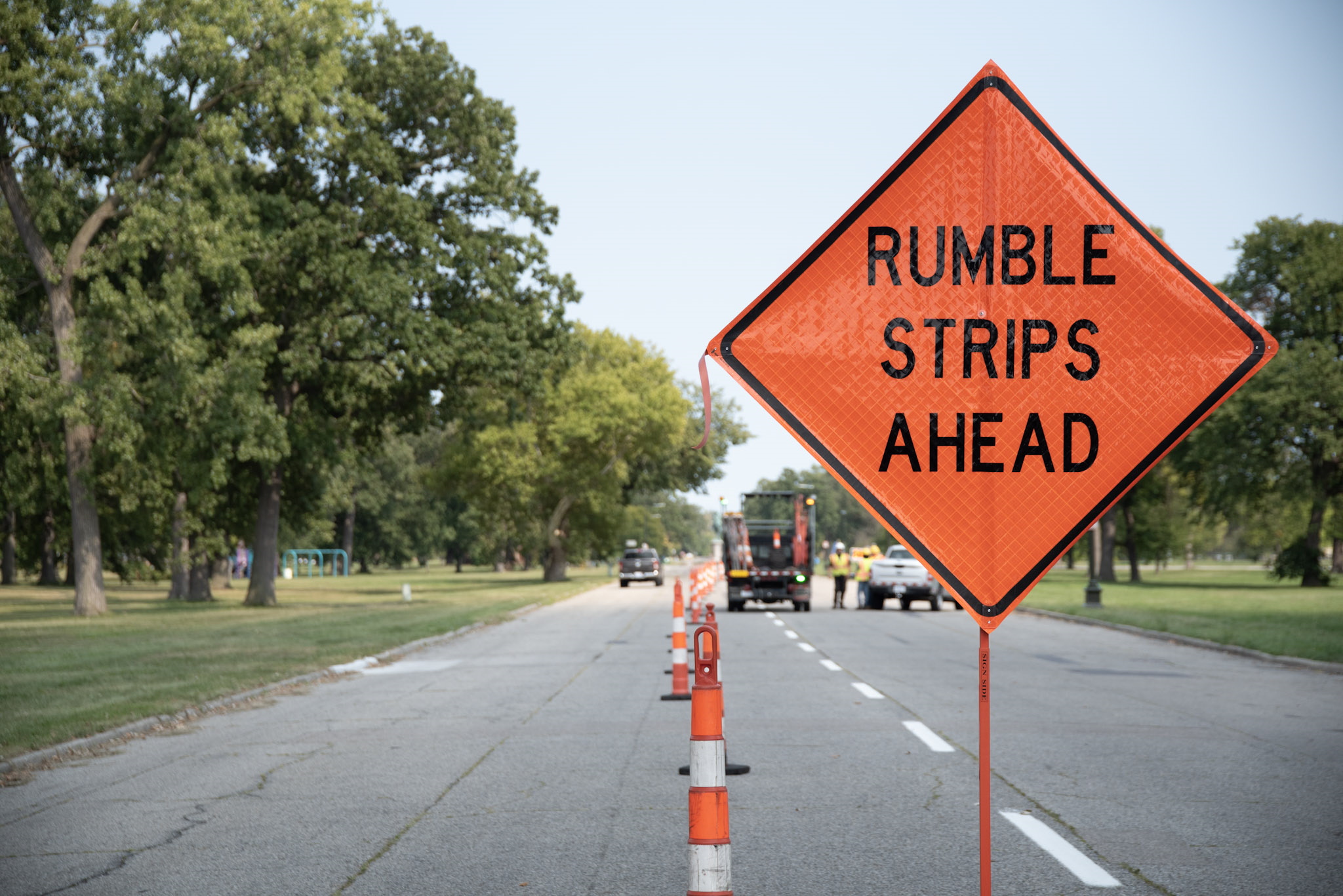
Texas DOT Construction Division
The state of Texas has been adding a “safety allowance” line item for several years now so that safety measures can be implemented at a moment's notice once a safety concern has been identified. They ask project engineers to include an additional 2-5% of the total project estimate in their final bid to account for this “allowance”.
Funding allows states to provide the necessary equipment to protect their roadway workers. In fiscal year 2019, the Texas DOT used the funds on over 500 projects across the state, adding up to over $17 million. This has grown significantly since the state initially began utilizing the safety contingency funds in 2013 and will continue to grow now that the federal share will cover 100 percent of safety items.
Raising State Awareness
The American Road and Transportation Builders Association (ARTBA) is using its resources as an organization to raise awareness about the available safety contingency funding that many states do not currently know about. Thanks to their efforts, the number of states using the funds has tripled. With more states taking advantage of this important funding, state DOTs can better protect their road construction workers as they improve the roadways for the safety of all users across the state.
Related Articles
-
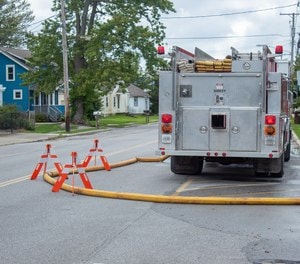 The Traffic Safety Cone Has Been In Use For Decades – Here's How It Got Reinvented
The Traffic Safety Cone Has Been In Use For Decades – Here's How It Got Reinvented -
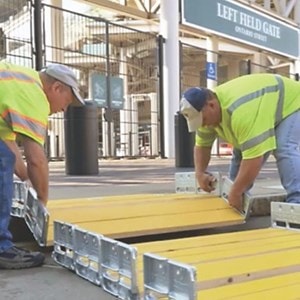 4 Ways a Portable Pedestrian Ramp Makes the Community more Accessible
4 Ways a Portable Pedestrian Ramp Makes the Community more AccessibleEveryone wants a more accessible community. But the reality is that all communities have unique obstacles that create barriers for those who do not have the same mobility abilities as others. For exam...
-
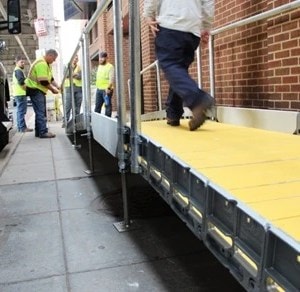 INNOVATIVE RAMP PROVIDES ACCESSIBILITY TO SIDEWALK OBSTRUCTION IN D.C. WORK ZONE
INNOVATIVE RAMP PROVIDES ACCESSIBILITY TO SIDEWALK OBSTRUCTION IN D.C. WORK ZONEA residential building in an area with heavy foot traffic needed maintenance, but the tools and machinery needed for the project created a tripping hazard. Closing the sidewalk was not an option so PS...